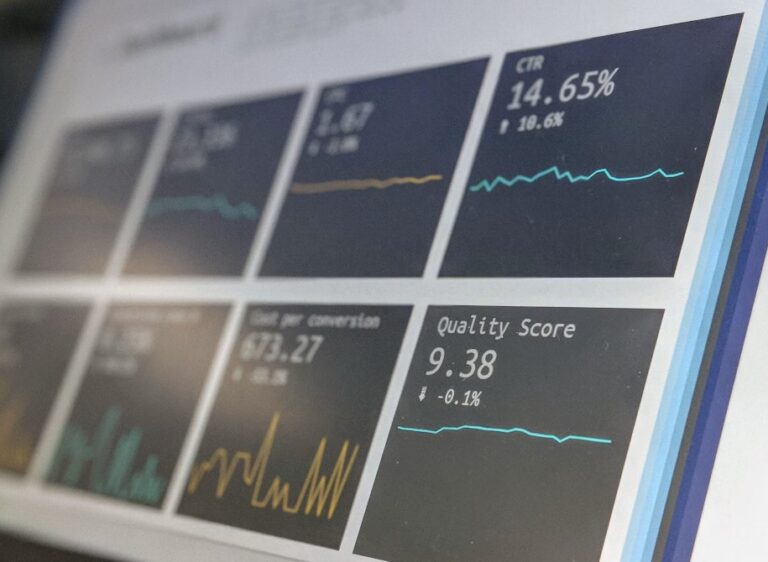What is buyback, how does share repurchase work and why do listed companies choose to carry it out?
Through the buyback, the company in question buys back part of its shares on the market and then cancels them, not being able to be a shareholder of itself, with the aim of decreasing the number of shares available on the market and increasing the value of those remaining.
Let’s find out what buy back is, how it works, the meaning of the term and the ways in which this operation can be carried out.
Table of Contents
Buyback: what is it?
Buy back means buyback of own shares and occurs when a company buys its own outstanding shares to reduce the number of shares available on the market.
Companies buy back shares for a variety of reasons, such as to increase the value of the remaining shares by reducing the supply, or to prevent other shareholders from gaining a controlling stake.
Through the buy back the company has the opportunity to invest in itself. By reducing the number of shares on the market, the buyback operation allows them to increase their value, given that each investor in that company will find themselves holding a greater percentage as the overall number of shares available on the market has decreased.
The buy back, consequently, also increases the percentage of earnings that each individual share deserves, which therefore increases in value as long as the price/earnings ratio (P/E) remains stable. The stock’s earnings per share (EPS) increases as the price-to-earnings (P/E) ratio decreases or the stock price increases.
The operation then gives a certain optimism to investors. The buy back, in fact, demonstrates to the market that the company has sufficient liquidity to implement this type of instrument, and consequently has broad shoulders in the event of economic problems.
Finally, another reason that pushes listed companies to resort to buybacks is for compensation purposes. To offer its employees and executives stock awards and stock options, the company buys back the shares and sells them to them, avoiding dilution of existing shareholders.
How does the buyback work?
There are two ways in which the share buyback operation can be carried out. In fact, we can talk about either a direct offer, also called a tender offer, or refer to a purchase on the market.
- Direct offer: in this case with the buy back the company offers shareholders to repurchase a certain number of shares at a price range that is established within a specific time frame. It is the most widespread practice.
- Purchase on the market: in this case the buyback of own shares by the company occurs with the methods used by any investor, i.e. at a price established by market dynamics (supply/demand matching). This second buy back method is generally little used by companies because as soon as the news is released the share price skyrockets.
The buy back, or repurchase of own shares, follows a very specific scheme which is divided into stages
- the company buys back some of its shares;
- these shares are reabsorbed and cancelled, since the company cannot be an investor in itself;
- cancellation reduces the number of shares on the market;
- the fewer shares there are, the more their value increases;
- as their value has increased, each shareholder has a larger share of the company and therefore a greater profit.
Why companies do buybacks
A company listed on the market decides to conduct a buy back operation based on various reasons, some of which have already been mentioned previously:
- Excess liquidity: the company believes that its excess liquidity can be more profitable if invested in its own shares, rather than used in bank loans or reinvested. In this case, the company behaves like an external saver who decides to carry out an investment in its own stock;
- Value for shareholders: since a buy back operation increases the price of securities, as it supports demand on the market; and it increases the asset value of the remaining securities if the securities subject to buy back are destroyed;
- Maintenance of the majority, absolute or relative shareholding, and therefore of corporate control and ownership, as the shares repurchased by the issuer leave the stock market and cannot be the subject of a public takeover bid;
- Obtain a capital gain: the company buys shares at historic lows to resell them on the market as soon as prices return to pre-crisis levels.
Read also: Warren Buffett’s investment advice: his golden rules for earning money












